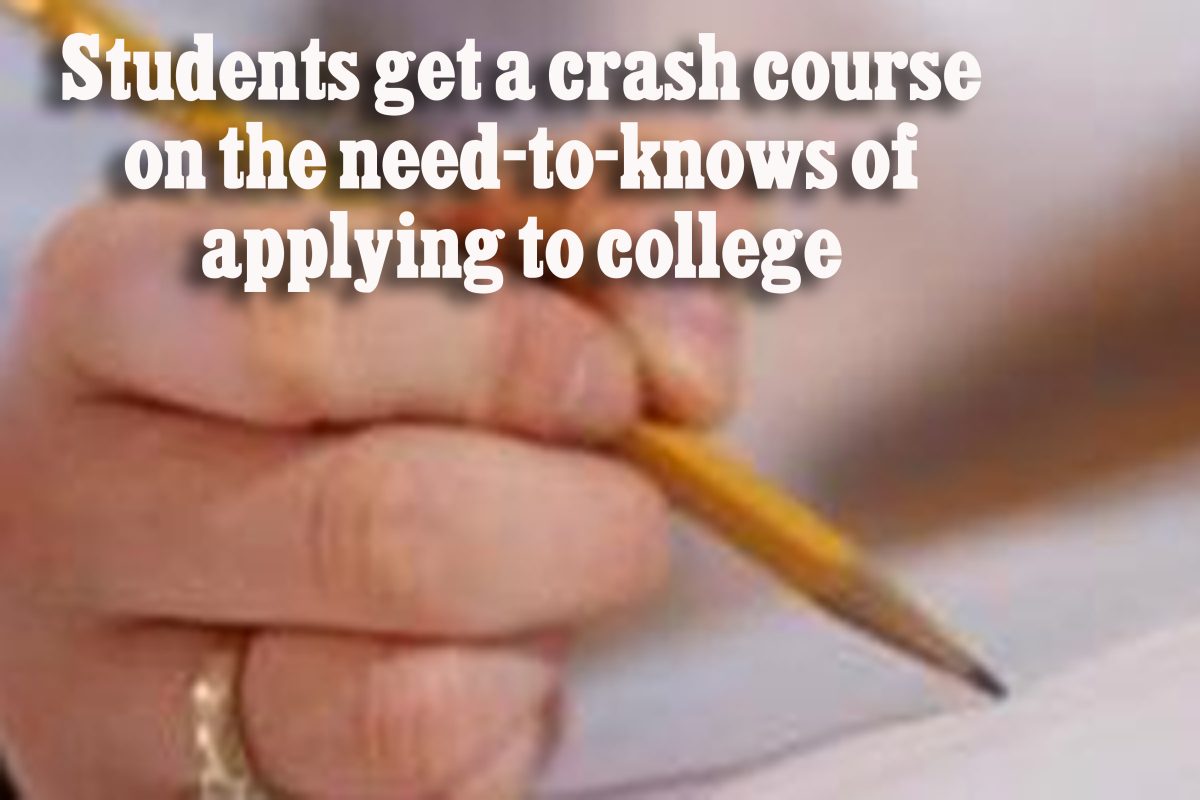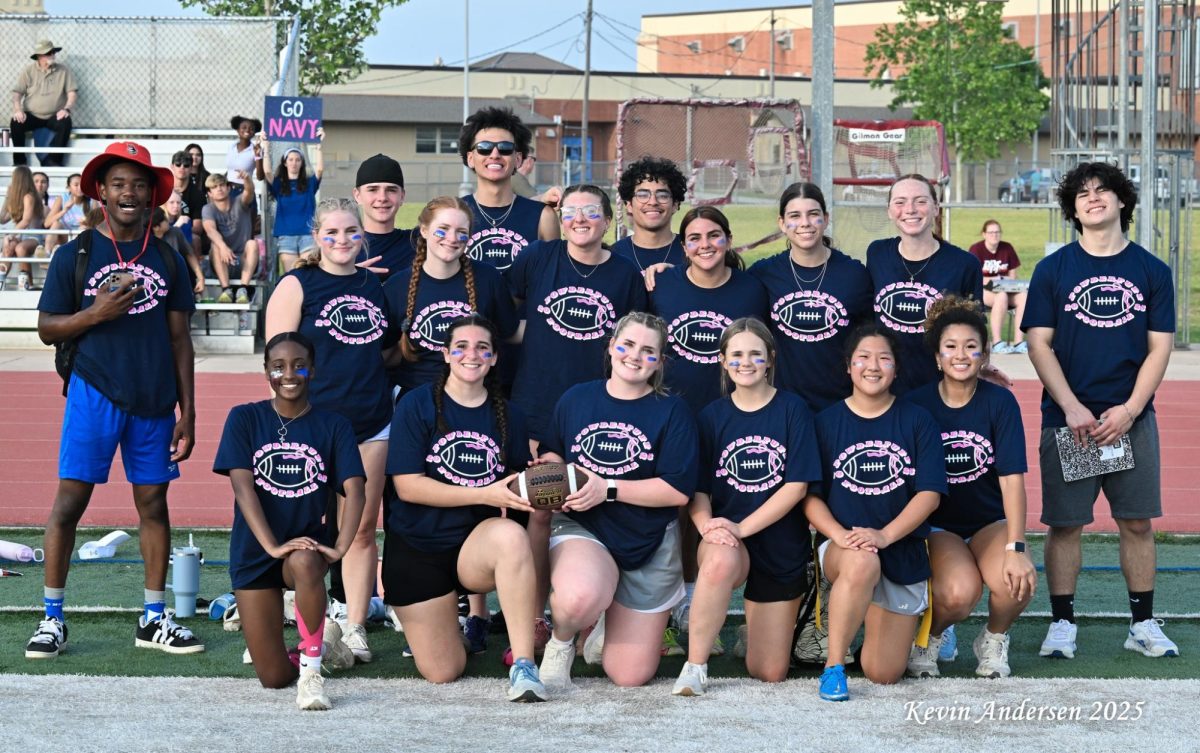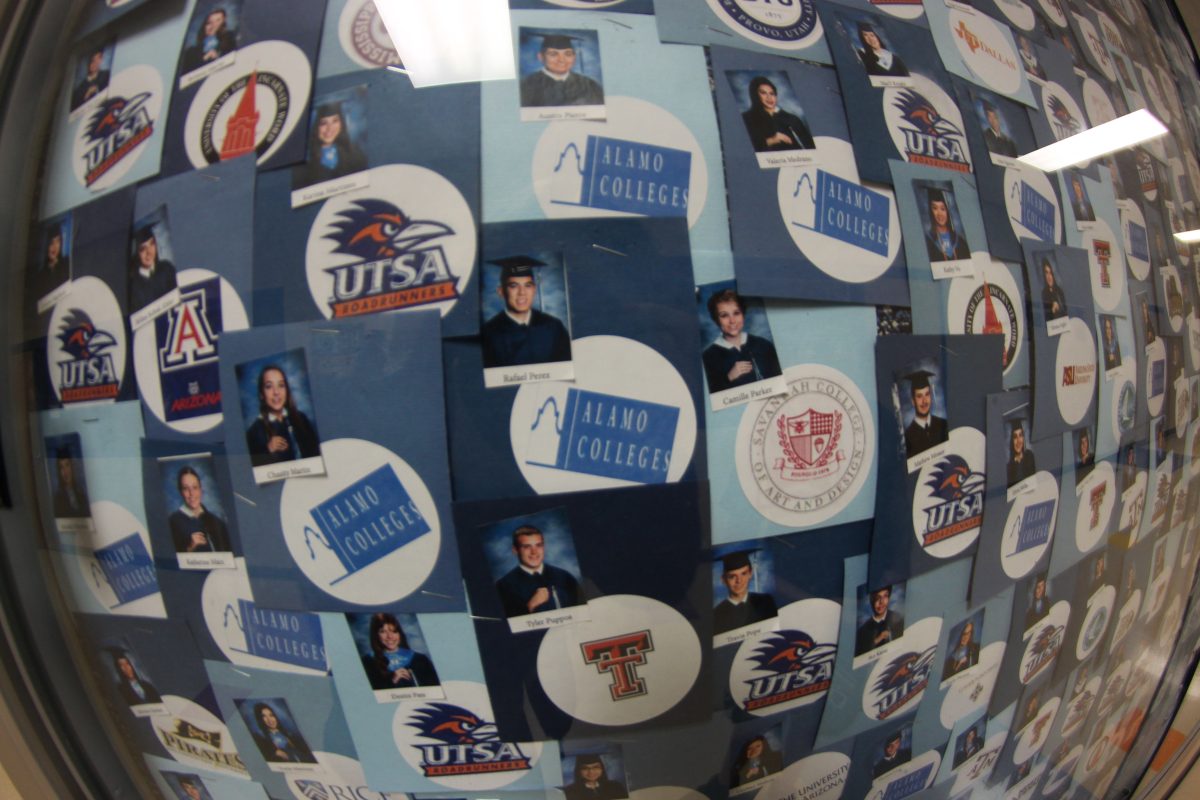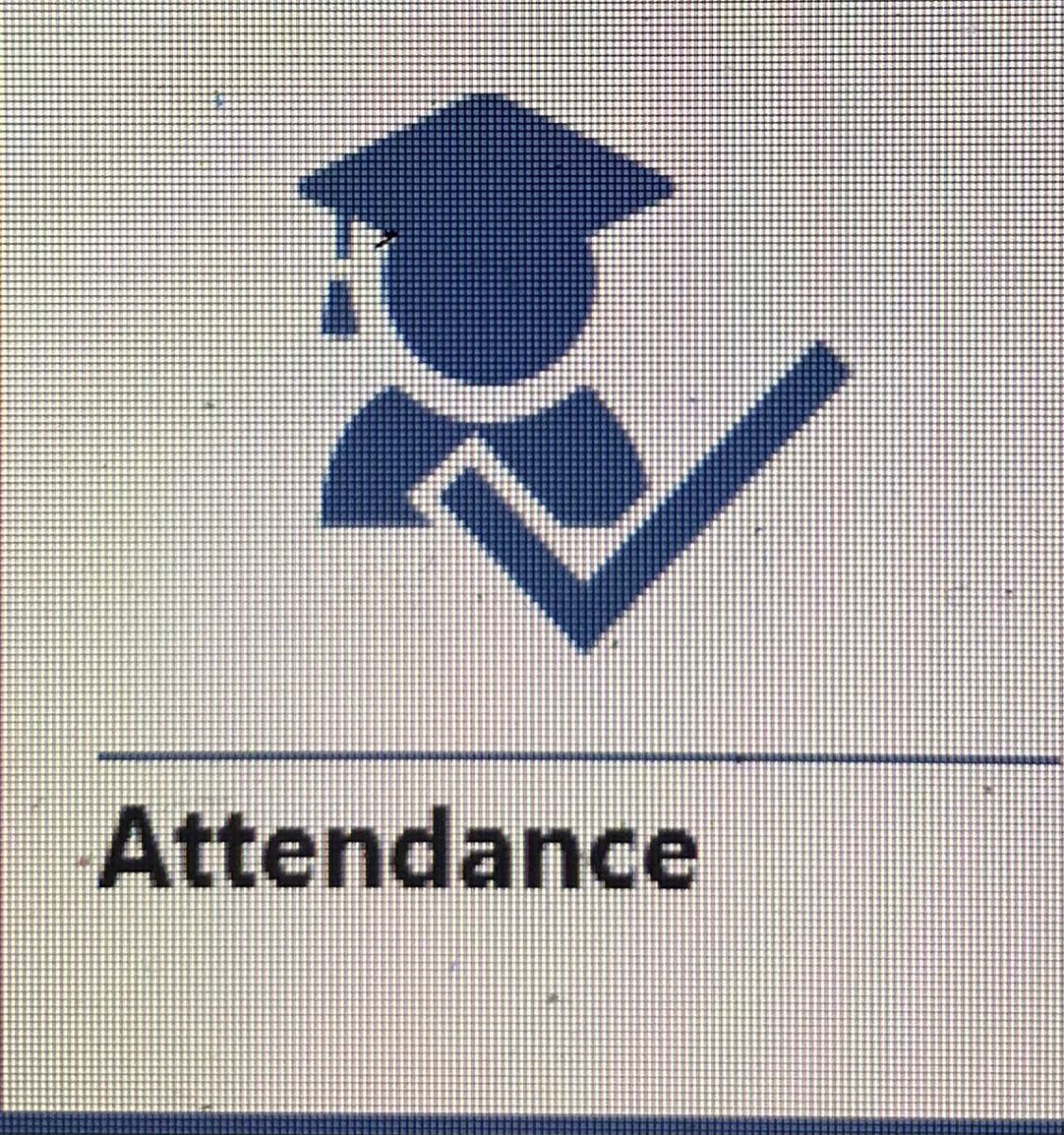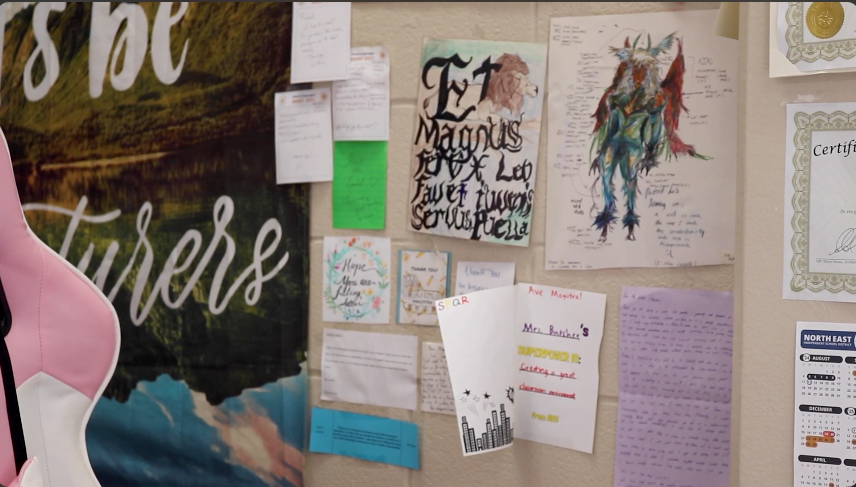by Daisy Creager|Staff Writer
“So now you get your degree tattooed on your back. You’re so excited about it. If you can continue to work at the GAP, after several interviews, Oh my god! You’ll come in at an entry level position.” Kanye West, dubious of the connection between what is taught and learned in school, conveys his disdain for public education in his 2004 album The College Dropout. Most high school students wait until their senior year to face the question of what to do next. Whether it’s college or immediately joining the workforce, their next move will determine their future. Not all successful jobs require a college education, but unless you share Kanye West’s belief that college is a waste of time and money, most students plan on going to college before looking at a career.
“I would definitely start [applying] as soon as possible, because when you’re my age, you’re not going to want to be last minute,” senior Maggie Flemming said.
The application process starts as sophomores and juniors make visits to campuses nationwide, developing a taste for the school that best fits them.
“I can’t explain it, but it’s so true that you can walk on a college campus and kind of know if it’s going to work for you or if it’s definitely not going to work for you,” counselor Patti Snider said. “ It’s just a feeling you get when you walk on that campus. I got it as a student and I got it as a parent both, you just kind of know.”
The next steps are academic. Spring of their junior year, students take the college admission test-the SAT or ACT. They can then compare their scores to the ones their desired colleges will accept, depending on their GPA. All public colleges-with the exception of UT- will automatially admit students at the top 10% of their class. Once students look at colleges and have an idea of where they want to go, they can go to applytexas.org to fill out an application and send it to several schools. After applications have been sent, SAT/ACT scores and a transcript should soon follow.
“They’re looking at the whole individual-the academics and the extracurricular,” Snider said.
When considering applicants, colleges look at the transcript-they want to see growth, that students challenged themselves, and at the resume for extracurricular activity and community service. Schools also look at the essay that goes with the application especially for the purpose of scholarships.
“The key to a good essay is making it very peresonalized to you. They’re reading thousands of essays they don’t want to be reading the same generic kind of essay over and over again-you want yours to pop out,” Snider said.
Resources to prepare students fot the college experience are abundant. AVID, or Advancement Vie Individual Determination, is a college prepatory course that focuses on the orginization an time management needed to succed in upper level classes, and gives third and fourth year students time to prepare for college admission tests and fill out applications. Advanced Placement and Dual credit courses are also offered for many subjects.
“AP courses usually give students a window’s view of what a college class looks like,” AP Bio teacher Oscar Velasquez said. “A lot of students who take AP classes have aspirations of going to a university, so they start to get a preview of what a college course is like, the type of work they will have to do, the expectations of the classes.”
Students who take AP are tested at the end of the year with a timed multiple choice test and three essays. Graded on a scale of 1-5, three passing and five being the highest, colleges var on what score is required for the credit to be counted toward college.
“[Students] should definitely take at least one or two AP classes a semester to get their feet wet on what college is going to be like, but I also recommend that students not overload themselves with like six AP courses, because then that becomes a major workload because AP classes do have a lot of work and you could be overwhelmed,” Velasquez said.
Resources to help students better prepare for the SAT and ACT are also available.
“The SAT measures your critical reading skills and your math skills, and also of course your writing,” Snider said. “It measures your critical thinking, your ability to read a passage and draw conclusions, and analyzation skills. With the ACT they give you more subject areas to test in. They test you not only in reading, writing an math but they test you in social studies and science so a lot more material is things you have learned, so it’s more of an achievement test-showing what you have learned in class,” Velasquez said.
Sophomores and juniors are offered the opportunity to take the PSAT, (a test comprised of previous SAT questions), then go online and study what they had missed. Several organizations in the area offer SAT prep classes, and websites like the collegeboard.com offer practice questions and study tips.
As the time comes for a senior to start sending out applications, the students consider what they want to do in life as well as what they will be leaving behind.
“My family all went to A&M. A&M has their traditions and football games; it just seems like it would be fun to go there,” Maggie Flemming said. I’m basically applying to all Texas schools. I want to stay in state because it’s cheaper and I love being in Texas;this is my home.”
Some students are looking for something a little further from home.
“I’m applying in the northeast-in New York, NYU, Assumption,” senior Bridget Gleason said. “I’m from Connecticut, so I like the cold and the opportunities that will be opened.”
As students peruse their dreams, they’ll also be leaving behind family and friends. Bridget’s brother, sophomore Kyle Gleason, will reap a few benefits while he’ll be missing his sister next year.
“I’ll get her room probably, which is bigger. And I might actually get to school on time-she’s always late. Not really much will change a whole lot,” Kyle said. “I’ll be a little sad when she’s gone. She’s kind of annoying sometimes, but she also gives me rides places.”


